10 Legendary Movie Soundtracks That Changed Pop Culture Forever
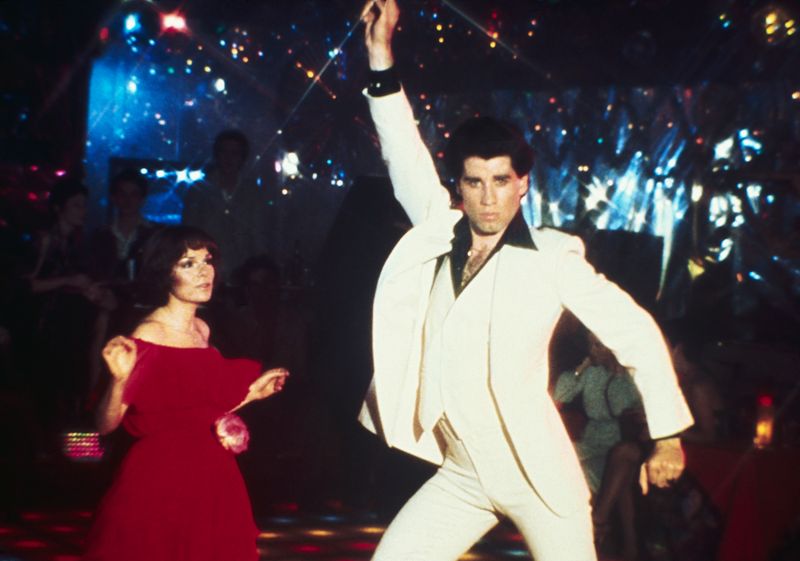
Movie soundtracks do more than just accompany films – they shape our musical tastes and define entire eras. From the theater to our headphones, these musical collections have jumped beyond the silver screen to become cultural phenomena. The most legendary soundtracks don’t just complement their movies; they transform how we experience music, influencing fashion, language, and even how future films approach their musical identity.
1. Purple Rain (1984)
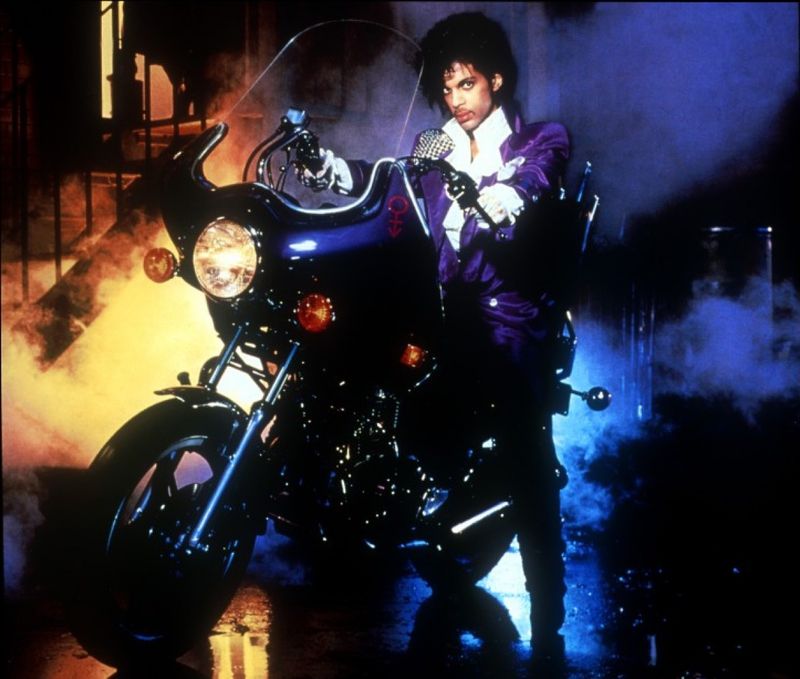
When Prince unleashed Purple Rain in 1984, he didn’t just release a movie with a soundtrack—he created a cultural phenomenon that transformed him into a global superstar. The album spent 24 consecutive weeks at #1 on Billboard charts, blending rock, R&B, pop, and funk into something entirely new.
The title track became Prince’s signature anthem, while hits like “When Doves Cry” and “Let’s Go Crazy” introduced his unique musical vision to millions. Beyond the music, the film’s fashion aesthetic—ruffled shirts, purple suits, and motorcycles—influenced an entire generation’s style choices.
The soundtrack’s cultural impact earned Prince an Academy Award for Best Original Song Score, proving that boundary-pushing music could achieve both critical acclaim and massive commercial success.
2. Star Wars (1977)
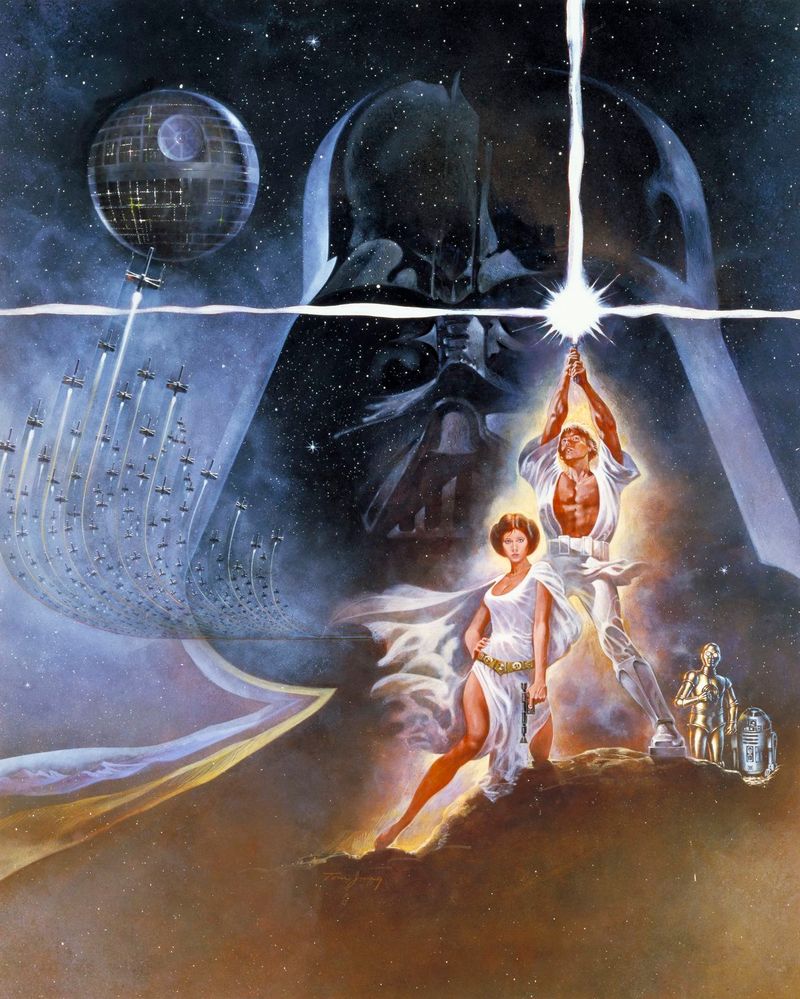
Before Star Wars, orchestral film scores were fading from popularity. Then John Williams crafted those opening brass notes, and cinema music changed forever. His grand symphonic approach brought classical orchestration back to Hollywood blockbusters with themes so powerful they became instant cultural shorthand.
The American Film Institute named it the greatest film score of all time, while the soundtrack album topped the Billboard 200 charts. Most impressively, it won nearly every major award: an Academy Award, Golden Globe, BAFTA, and Grammy.
Williams’ work transformed how audiences connect with films, creating musical signatures that remain instantly recognizable decades later.
3. Saturday Night Fever (1977)
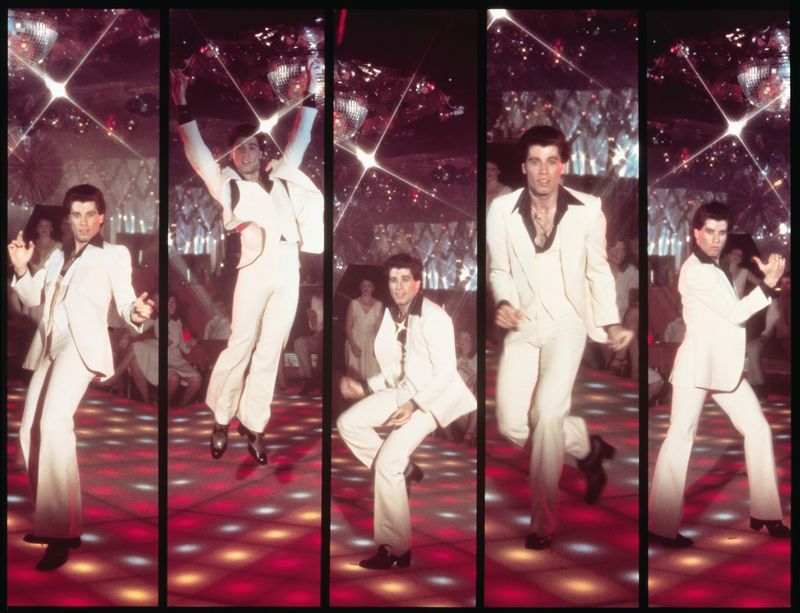
The Bee Gees didn’t just create songs for a movie – they accidentally crafted disco’s ultimate manifesto. Those falsetto harmonies and irresistible beats on tracks like “Stayin’ Alive” and “Night Fever” captured the glittering essence of late 70s nightlife.
This musical juggernaut spent an astounding 24 weeks at #1 on Billboard’s charts. For years, it reigned as history’s best-selling album until Michael Jackson’s Thriller finally dethroned it.
With over 40 million copies sold worldwide, the soundtrack transcended its film, becoming the sonic blueprint that defined disco culture and influenced dance music for generations.
4. The Bodyguard (1992)
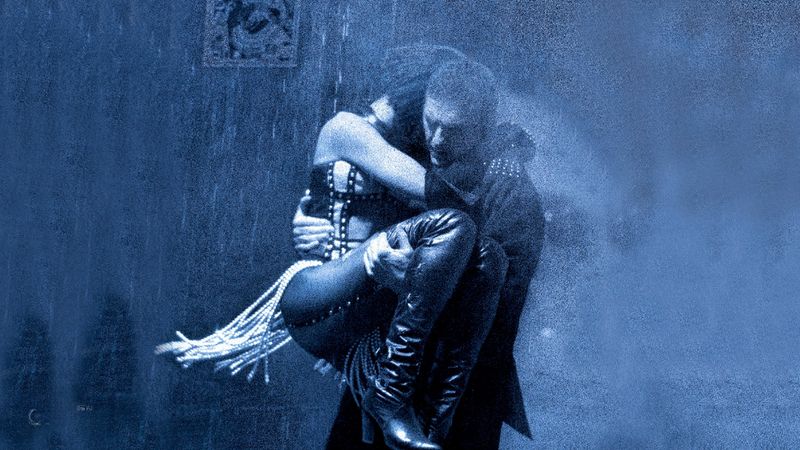
Whitney Houston’s voice soars with such raw emotional power on “I Will Always Love You” that it transformed Dolly Parton’s country ballad into a pop culture monument. Her six-minute rendition became the standard against which vocal performances are measured.
The album’s commercial dominance was unprecedented – over 50 million copies sold worldwide and 18× Platinum certification in America alone. Critics recognized its significance too, awarding it the Grammy for Album of the Year.
Beyond numbers, this soundtrack redefined the potential of movie music, proving film albums could stand as artistic achievements independent from their source material.
5. Pulp Fiction (1994)
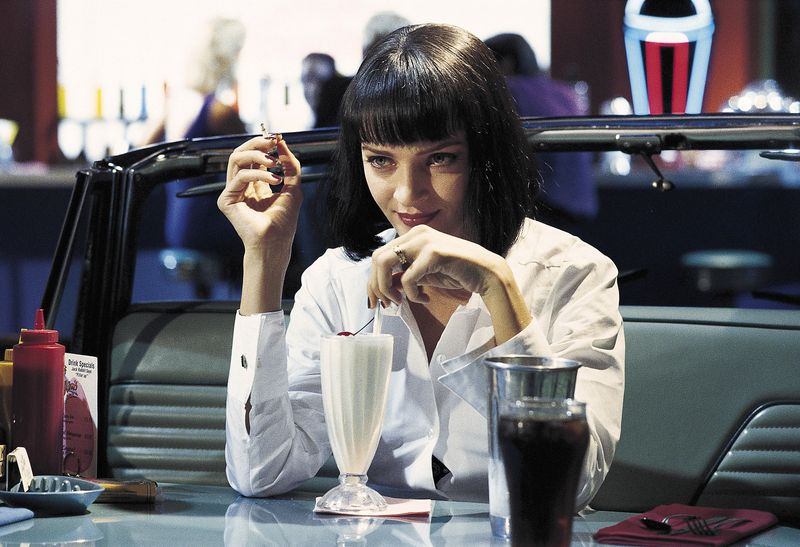
Tarantino didn’t just direct Pulp Fiction – he became cinema’s coolest DJ. Instead of commissioning new music, he dug through crates of forgotten vinyl, resurrecting Dick Dale’s surf guitar classic “Misirlou” and making it impossible to hear without visualizing that iconic opening sequence.
His unconventional approach mixed surf rock, soul, and 60s pop into a musical tapestry that felt both nostalgic and revolutionary. The soundtrack achieved Platinum status despite featuring no original songs.
Most significantly, Tarantino’s curatorial genius transformed how directors approach film music, making carefully selected existing tracks equally powerful as original compositions.
6. Forrest Gump (1994)
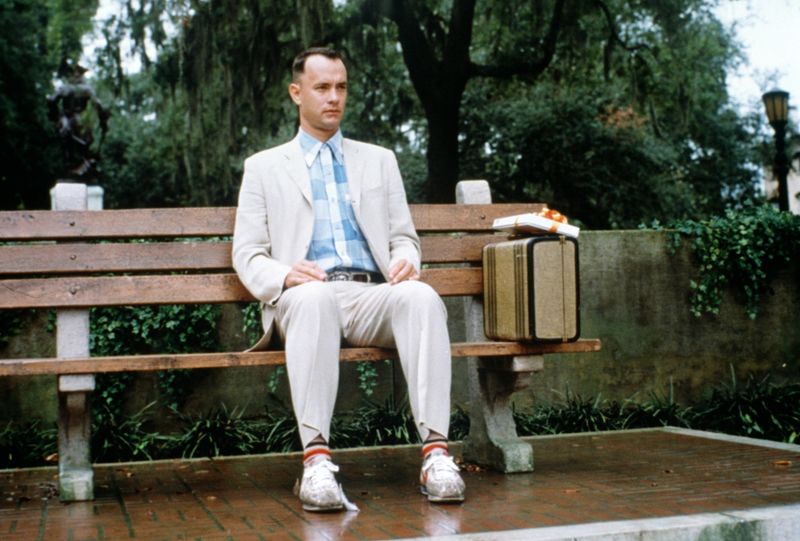
Forrest Gump’s soundtrack serves as America’s musical autobiography, chronicling decades through perfectly chosen hits. From Elvis Presley to Bob Dylan to Fleetwood Mac, each song doesn’t just play – it transports viewers through distinct eras of American experience.
The double album compilation became a commercial phenomenon, selling 12 million copies in the U.S. alone. It parked at #2 on Billboard charts and remained there for a remarkable 30-week run.
What makes this soundtrack special is how it uses music as historical markers, teaching younger generations about America’s musical evolution while triggering powerful nostalgia for those who lived through these transformative periods.
7. Jaws (1975)
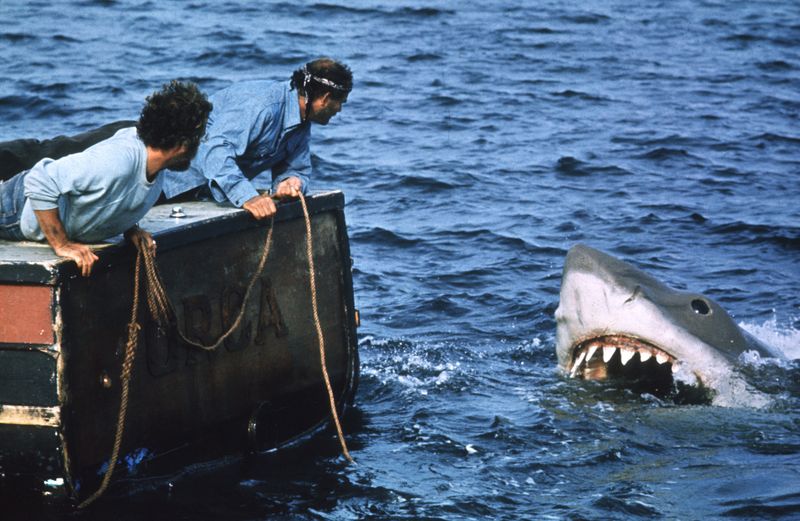
John Williams created cinema’s most effective musical warning system with just two alternating notes. That simple E and F pattern somehow tapped into primal fear, becoming shorthand for approaching danger even when separated from shark imagery.
The minimalist approach revolutionized thriller music, proving complex orchestration isn’t always necessary to create maximum impact. Williams’ score earned him an Academy Award and secured the #6 position on AFI’s prestigious “100 Years of Film Scores” list.
Decades later, those two notes remain so embedded in our collective consciousness that they’re instantly recognized worldwide – the musical equivalent of a universal danger signal.
8. E.T. the Extra-Terrestrial (1982)
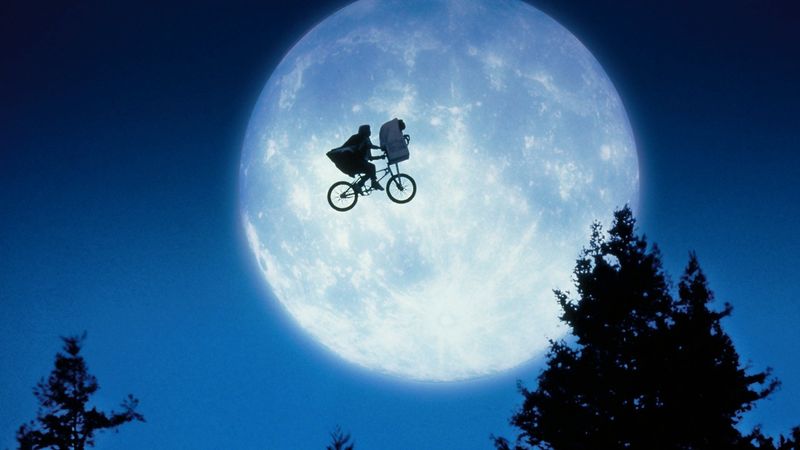
Remember those flying bicycle scenes? Williams’ soaring melody literally lifted audiences alongside Elliott and E.T., creating one of cinema’s most magical moments. His composition captured both childlike wonder and cosmic mystery in perfect balance.
The score’s emotional impact was matched by its critical acclaim – four Grammy Awards, an Academy Award, and a Golden Globe. The American Film Institute ranked it #14 on their list of greatest film scores ever created.
Williams achieved something remarkable here – music that makes us feel simultaneously small within the universe yet connected to something greater. Those flying themes have become auditory shorthand for pure cinematic magic.
9. The Pink Panther (1963)
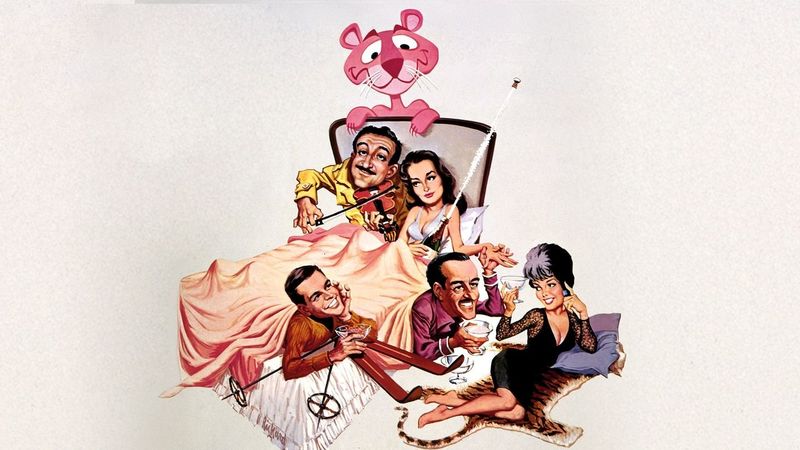
Henry Mancini created music that walks – specifically, that cool, jazz-infused saxophone strut that’s impossible to hear without visualizing a pink cartoon cat sauntering across the screen. His theme brought sophisticated jazz into mainstream consciousness while perfectly capturing the film’s playful spirit.
The composition’s excellence earned three Grammy Awards and achieved the rare distinction of overshadowing its film. Even people who’ve never seen the movie instantly recognize those first few notes.
Mancini’s genius was creating music so perfectly matched to its subject that it became inseparable from the character. The theme remains one of the most universally recognized pieces of film music ever created.
10. The Good, the Bad and the Ugly (1966)
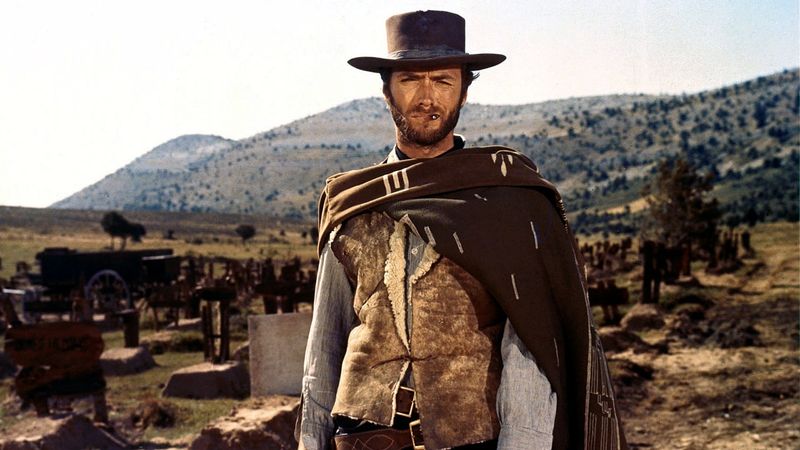
Morricone threw away the traditional Western soundtrack rulebook, replacing predictable orchestration with whistling, whip cracks, and that unforgettable “wah-wah-wah” vocal motif. His experimental approach created music that feels as vast and unpredictable as the American frontier itself.
The theme’s cultural impact extended far beyond theaters, reaching #4 on Billboard’s Hot 100 in 1968. Morricone’s innovative use of unusual instruments and haunting melodies completely transformed how Western films approached their musical identity.
Today, it remains among the most sampled and referenced film music ever created, instantly transporting listeners to dusty showdowns regardless of whether they’ve seen the film.

Comments
Loading…